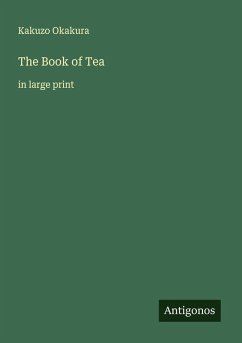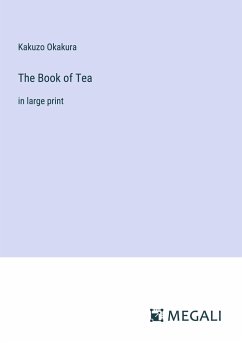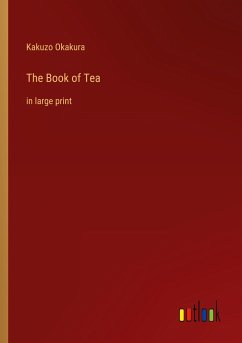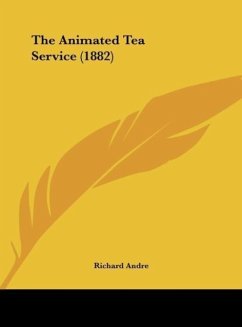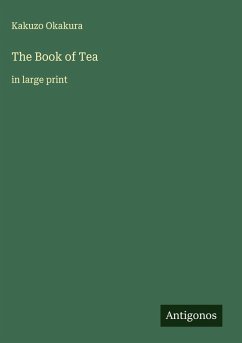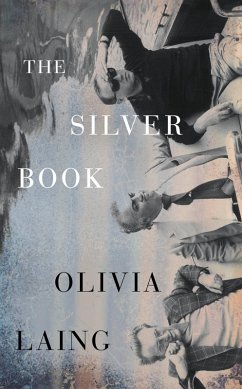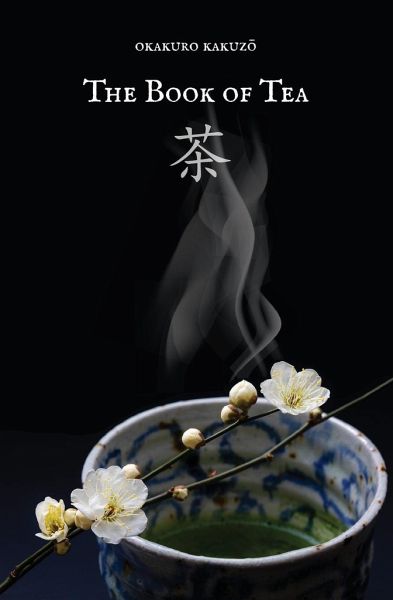
The Book of Tea
Versandkostenfrei!
Versandfertig in 1-2 Wochen
11,99 €
inkl. MwSt.

PAYBACK Punkte
6 °P sammeln!
Originally published in 1906, The Book of Tea introduced American and other Western readers to Japanese culture and how tea is an essential component of it. However, the book has a broader message. Okakuro deftly makes comparisons between East and West, highlighting each strengths and imperfections. Okakuro's essay also introduces Teaism and appreciation of the aesthetic. The moments of repose while drinking tea offer an insight and a presence hardly found in many activities. The art of the Japanese tea ceremony is outlined and explained in detail. A classic among literary scholars and tea ent...
Originally published in 1906, The Book of Tea introduced American and other Western readers to Japanese culture and how tea is an essential component of it. However, the book has a broader message. Okakuro deftly makes comparisons between East and West, highlighting each strengths and imperfections. Okakuro's essay also introduces Teaism and appreciation of the aesthetic. The moments of repose while drinking tea offer an insight and a presence hardly found in many activities. The art of the Japanese tea ceremony is outlined and explained in detail. A classic among literary scholars and tea enthusiasts.





